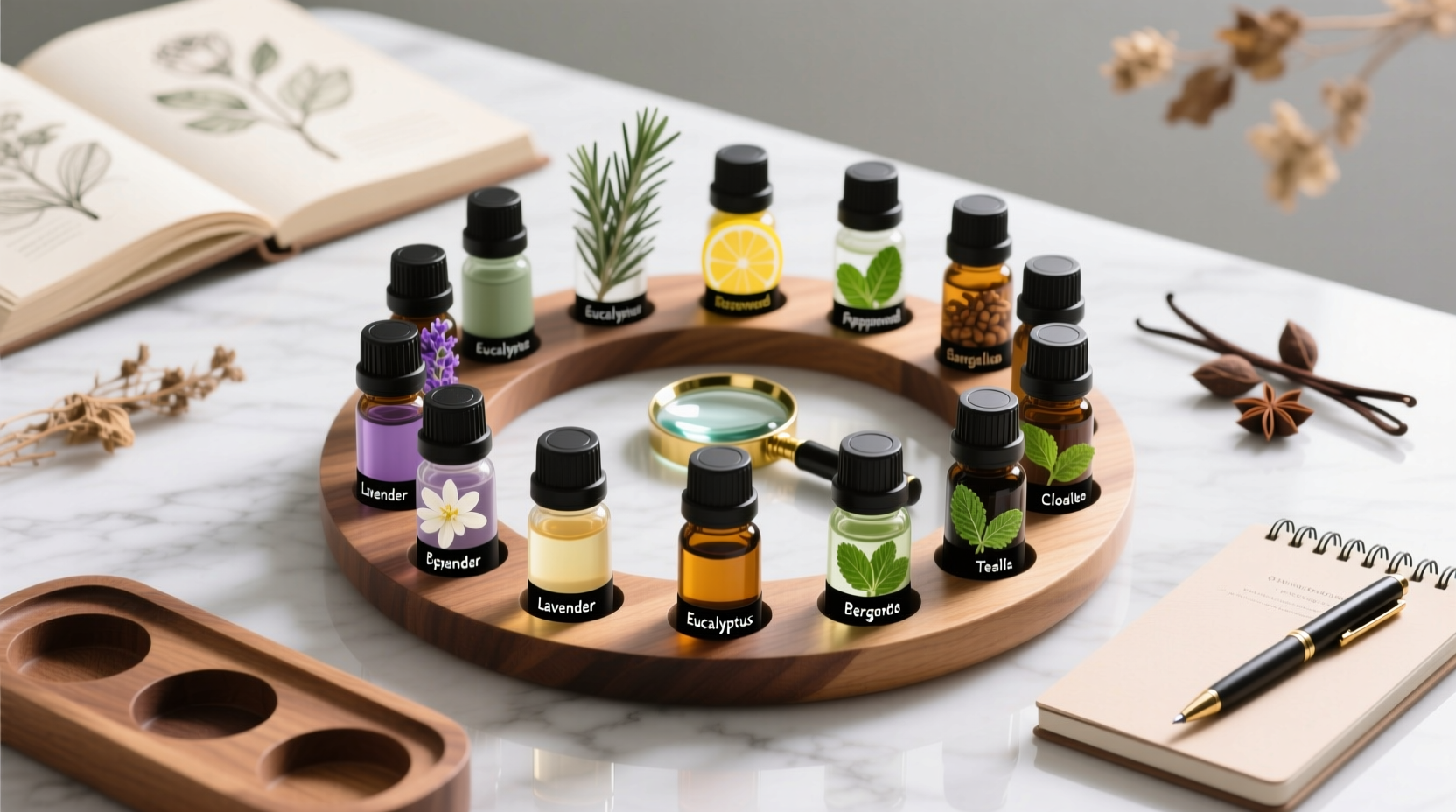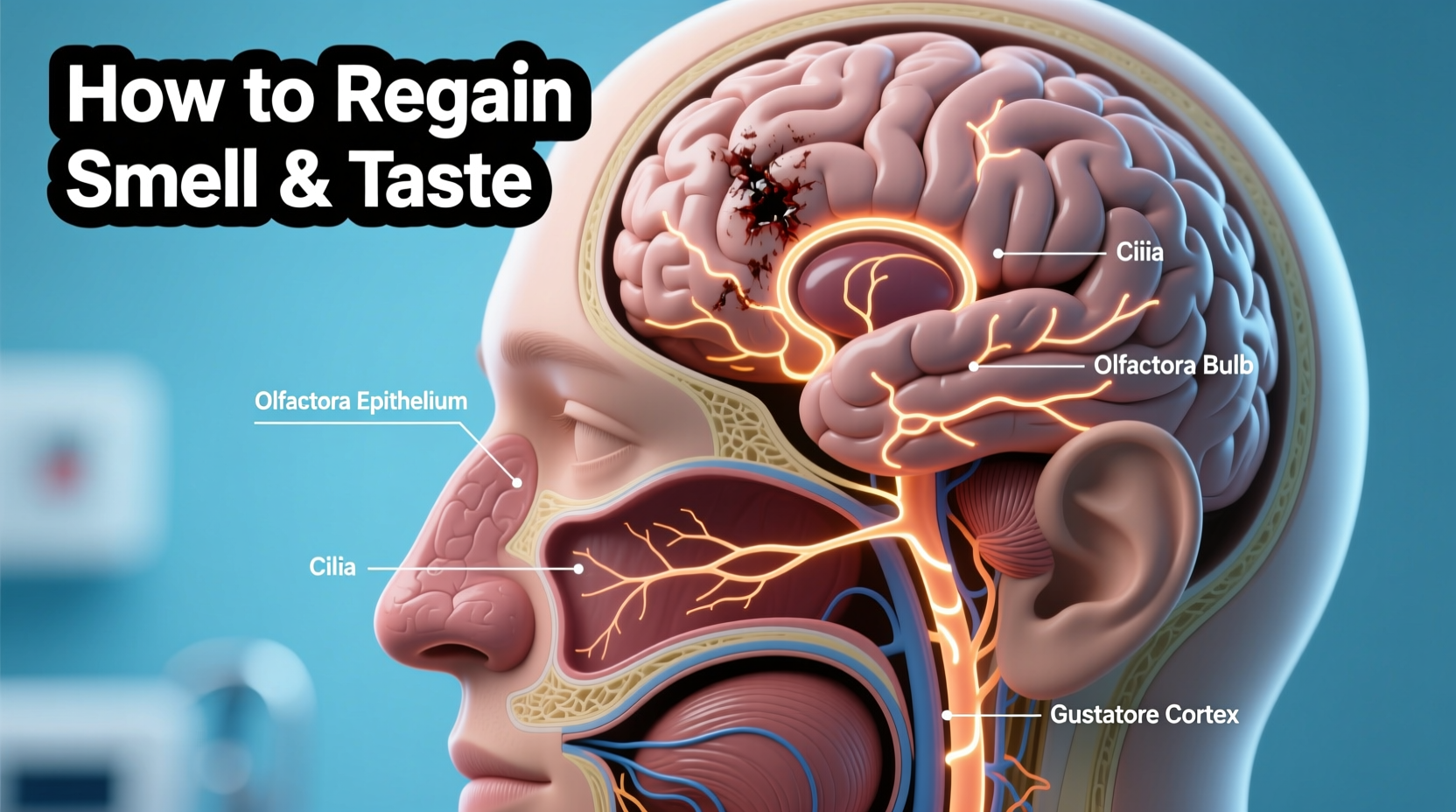Lost your ability to savor morning coffee or detect fresh-baked bread? You're not alone. Over 80% of people recovering from viral infections experience temporary taste and smell disturbances. This comprehensive guide delivers science-backed recovery strategies used by ENT specialists, with actionable steps you can implement today.
Understanding Your Recovery Timeline
Knowing what to expect reduces anxiety and helps track progress. Most patients follow this predictable pattern:
| Recovery Stage | Timeline | What to Expect |
|---|---|---|
| Acute Phase | Days 1-7 | Complete loss (anosmia/ageusia) or distorted perception (parosmia) |
| Early Recovery | Weeks 2-4 | Fluctuating abilities, often stronger in morning, metallic tastes common |
| Significant Improvement | Weeks 4-8 | 70% of patients regain 80%+ function with proper training |
| Full Recovery | 3-6 months | Nearly all non-permanent cases resolve within six months |
This progression data comes from CDC tracking of post-viral sensory disorders, showing why patience combined with active recovery methods yields best results.
Your Step-by-Step Recovery Protocol
Essential First Actions (Days 1-7)
Immediate intervention makes the critical difference. Start these evidence-based practices right away:
- Nasal saline irrigation twice daily using distilled water - reduces inflammation in olfactory clefts according to Mayo Clinic research
- Zinc gluconate lozenges (13-23mg) within first 48 hours of symptom onset - shown to shorten duration in clinical trials
- Hydration protocol: 30ml per kg body weight daily - maintains mucosal moisture essential for nerve regeneration
Olfactory Training: The Gold Standard Method
This simple exercise doubles recovery speed according to University College London studies. Here's how to implement it correctly:
- Gather four distinct essential oils: lemon (citrus), rose (floral), clove (spicy), eucalyptus (medicinal)
- Place each oil 2 inches from nostrils
- Inhale deeply for 10 seconds per scent, focusing on memory of the smell
- Repeat twice daily for minimum 12 weeks

Why this works: The American Academy of Otolaryngology explains that repeated neural stimulation rebuilds olfactory pathways. Patients who consistently practice show 30% faster recovery than those who wait passively.
Advanced Recovery Techniques
When basic methods plateau, these specialized approaches reignite progress:
Taste Rehabilitation Exercises
Rebuild flavor perception with this structured approach:
- Texture focus: Identify foods by mouthfeel alone (e.g., crunchy vs. smooth)
- Temperature contrast: Alternate hot/cold bites to stimulate different nerve pathways
- Flavor layering: Combine salt, acid, umami sequentially to rebuild taste memory
Critical Context Boundaries
Not all methods work for everyone. Understanding these limitations prevents wasted effort:
- Olfactory training shows minimal benefit for congenital anosmia (lifelong smell loss)
- Zinc supplementation only helps within first week of symptom onset
- Smoking reduces recovery rate by 40% according to European Rhinologic Society data
- Diabetics typically experience 2-3 week longer recovery timelines
When to Seek Professional Help
Most cases resolve independently, but these warning signs require immediate specialist evaluation:
- No improvement after 4 weeks of consistent training
- Complete loss persisting beyond 8 weeks
- Accompanying symptoms: facial pain, nasal obstruction, vision changes
- History of head trauma or neurological conditions
ENT specialists may recommend prescription treatments like topical corticosteroids or vitamin A drops shown to accelerate nerve regeneration in clinical settings. Don't wait longer than 60 days for evaluation if progress stalls - the World Health Organization emphasizes early intervention for optimal outcomes.
Debunking Common Recovery Myths
Misinformation delays healing. Let's clarify what actually works:
- Myth: "Spicy foods jumpstart recovery" → Fact: Capsaicin only stimulates trigeminal nerve (heat sensation), not olfactory receptors
- Myth: "Smell loss always returns completely" → Fact: 5-10% experience permanent partial loss, making early training crucial
- Myth: "More training sessions yield faster results" → Fact: Excessive stimulation causes neural fatigue; twice-daily is optimal
Long-Term Management Strategies
For those with persistent challenges, these approaches maintain quality of life:
- Flavor enhancement techniques using texture and temperature contrasts
- Safety modifications: gas detectors, expiration date tracking systems
- Support groups connecting with others experiencing similar challenges
- Regular follow-ups with smell disorder specialists every 6 months











 浙公网安备
33010002000092号
浙公网安备
33010002000092号 浙B2-20120091-4
浙B2-20120091-4